There’s a bit of advice I received from my dad shortly before going to college that has haunted me ever since: that the years of learning and socializing in college would be, or might be, the best years of my life. It has been almost a decade since I graduated from the University of Wisconsin-Madison, and looking back, now, I can’t deny the wisdom in those words. I think there’s something precious in the passing down of knowledge, from sage to initiate, that changes the way one sees the world. It becomes more complex, more vast, more rich. Ultimately, I suppose there’s a little bit of comfort in knowing you can’t know everything. That the pursuit will never end.
But when the opportunity presents itself to learn from a master, to tackle your prey in the heather, you seize it. Such was the position I found myself in after my ramble over the Glenlivet hills like smugglers of old. I said goodbye to Charlie Ironside, the owner of Glenlivet Hill Trek, and descended to The Glenlivet distillery as the sleet turned to a full-on May snow shower. The Spirit of Speyside Whisky Festival had afforded me the opportunity to participate in The Glenlivet’s Legacy Master Class hosted by none other than master distiller Alan Winchester and global brand ambassador Ian Logan. Every industry has its stars, and these two men are a couple of the brightest ones.
I met Ian in The Glenlivet’s sumptuous visitors center, which was replete with fine leather furniture and open access into their gift shop where subdued track lighting cast the various whiskies and accoutrements into impulse-buy territory. Ian’s an affable chap, and he made small talk with me and the other guests as we waited for the master distiller to arrive after he was delayed elsewhere. Its got to be hard being the man behind one of the most recognizable Scotch whiskies in the world. Once Alan arrived, we all made our way upstairs into a beautiful room that must have been the whisky industry’s spin on a conference room. The left wall was a bar. Business world, take note.
The room was arranged like a classroom with a series of tables and chairs extending back from the podium and blank wall where a PowerPoint presentation was ready to go. This classroom also had seats that came with a progression of six drams, a large bottle of Glenlivet spring water, and a plate of oat cakes. The session hadn’t started yet, but already this master class joined European Renaissance history and environmental psychology in my top three favorite classroom experiences of all time.
Ian and Alan traded anecdotes and stories of The Glenlivet in between tutored tastings of the drams, many of which Alan personally oversaw as master distiller – he’s been on the job since at least 1980! He’s a warm, welcoming, down-to-earth guy. The Glenlivet’s founder, one George Smith, on the other hand, was an irascible ex-outlaw. Upon the passing of the Excise Act of 1823, which required distillers to pay £10 to legally distill, George Smith applied for a license. Maybe he was tired of humping his small copper still over the hills. Threats were made on his life by the other illicit distillers who hoped the act would be repealed, but George Smith didn’t back down. Instead, he acquired a pair of pistols to ensure his safety and that of the distillery. A pistol-wielding whisky baron? Badass.
Alan pointed out that the legal distillers had to distill quickly to pay their dues back then. Their whisky would have been rough and most of it went down to London to make gin. The illicit distillers were the ones taking their time distilling and making a higher quality product. This didn’t seem to be a problem for George Smith and his son, for not long after they started legally distilling other distillers in the area started putting “Glenlivet” on their labels hoping to position their whisky in the same echelon as The Glenlivet’s quality drams.
Around the time of the Excise Act, Sir Walter Scott helped arrange King George IV’s visit to Scotland. Relations between the English and Scottish were slightly colder than a highland sleetstorm as cultural emblems like tartan had been previously banned. So what did Scott do? He fed the king whisky from The Glenlivet’s “cunning alchemists.” It is said the king would drink nothing else on his week-long tour of Scotland and heaped his praises on the distillers.
Every distillery started as a farm, but it’s hard to convey just how remote The Glenlivet would have been back in 1824. It’s remote now, where driving up to the distillery results in a new micro climate where apparently snow in May is normal. All that water drains through the volcanic rock upon which the region sits and into springs the distilleries use to perform their cunning alchemy. Most distilleries pride themselves on their soft water, a function of the volcanic rock, but The Glenlivet’s spring, Josie’s Well, yields hard water. Alan points out that for distilling purposes it doesn’t matter if the water is hard or soft, just that the character of the water is consistent.
Alan and Ian are a perfect duo to represent The Glenlivet. Their passion and ridiculously deep knowledge of whisky and the local history make for an enthralling afternoon. They go on to talk about the changes and expansions in The Glenlivet distillery over the years, about how a still without rivets is like a woman without clothes. All of these quotes and snippets from the past fly at us students in between drams from the all-star line-up they’ve conjured. As much as I love learning, rarely has it ever been this much fun.
Tasting Notes
The Glenlivet 12 – Long ago, 12 years was considered an old whisky. Now it’s The Glenlivet’s entry-level dram. It’s easy to dismiss this bottle – you can find it just about anywhere in the world – and I’ve been guilty of it myself, but there’s a reason for its pervasiveness. It’s good and surprisingly complex. The 12 is exclusively matured in American Bourbon barrels. I get loads of vanilla and honey, fruit cocktail, banana, and toffee, what Alan calls one of The Glenlivet’s signature flavors: Banoffee. Ian likens this dram to an aperitif because of its zesty, fresh character. There’s also something buttery and nutty about the finish. Back in the day, Alan says, they were aiming for a pineapple style. Think about how exotic pineapples were to the UK in the early 19th century.
Master Distiller’s Reserve – The Master Distiller’s Reserve has Alan’s name all over it. Literally, it’s on the bottle, and he’s quite proud of it. This is a triple wood whisky that has spent time in traditional oak, American oak, and Sherry oak barrels. It’s a bright, fruity whisky with notes of toffee and fudge. While fruitiness is a signature of younger Glenlivet, toffee is a signature of maturing Glenlivet. Some of the spice from the Sherry oak comes through along with orange marmalade and Seville oranges. Also fresh hazelnuts and marzipan. The Master Distiller’s Reserve is more representative of a European style, as opposed to the 12yo which is an American style. This bottle is only available in the travel retail market.
Inveravon Single Cask – The Glenlivet almost never does single cask bottlings, so this is a rare opportunity. When choosing single casks, the master distiller isn’t looking for specific ages, but which casks are ready. The Inveravon Single Cask is a 21-year old first-fill Bourbon cask that yielded 204 bottles. Bottled at 54.6%, it’s a little bit hot, but I enjoy the heat. A dash of water cools it down and opens up the flavors and aromas. It’s very sweet on the nose and it possesses all the classic Glenlivet fruit and toffee notes. I find stronger apple and pear flavors, as well as some caramel. The sweetness across the tip of the tongue, Ian points out, is a classic characteristic of first-fill American Bourbon barrels. (You might appreciate my Speyside Whisky Diaries post for a different take on the tasting notes.)
Founder’s Reserve – Ten casks went into making the Founder’s Reserve’s 1,800 bottles. Bottled at 55.6% with natural color and strength, the complex array of flavors comes from four Bourbon casks and six Sherry casks of varying ages. There’s no age on this bottle, but Ian tells us it’s 21 years old. The sweet, Glenlivet fruitiness mingles with a noticeable Sherry note that I really like. Alan picks out a slight sulphury note, from the Sherry, but then finds the Glenlivet fruit below it.
1969 Cellar Collection – Our fifth dram was distilled 11 years before my birth. It’s too easy to do a festival like the Spirit of Speyside and unthinkingly drink down scads of very old whiskies. Ian likens drinking a dram like this one to acquiring an inheritance. There’s a reverence in his voice that I appreciate. There are only 1,000 bottles worldwide of the 1969 Cellar Collection, and Ian promises that he’s personally opened between 50 and 60. It’s his favorite dram. The sweet fruitiness of Glenlivet now has a citrusy note accenting its character. This is a rich, bold whisky. Words start to falter with whiskies of this age. This is a cask strength offering at 52.3%. In case you were wondering, it retails for £1,000/bottle.
1959 Cellar Collection – Our last dram of the lecture is a stunner. Just 400 bottles of the 1959 Cellar Collection exist. It was bottled in 2001 at just over 42% ABV. Vanilla and toasted marshmallow hover over fudge, potpourri, shoe polish, woodshed, and oranges. It tastes like a Clark Gable movie on TCM. It retails for £2,500/bottle if you can find it. (Again, you might enjoy my Speyside Whisky Diaries post for a different take on the tasting notes.)
Disclosure: The Spirit of Speyside Whisky Festival and The Glenlivet distillery provided me with a complimentary spot in the legacy master class. All thoughts and opinions expressed here, as always, are my own.

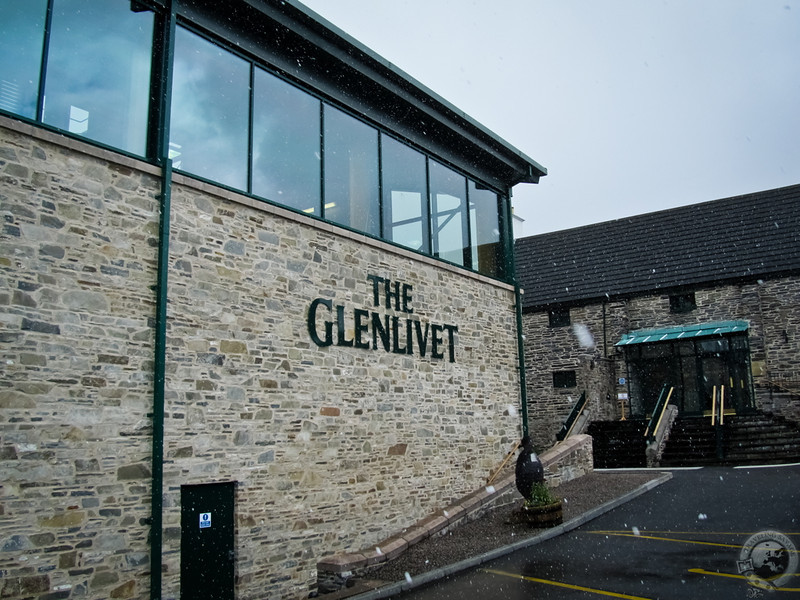
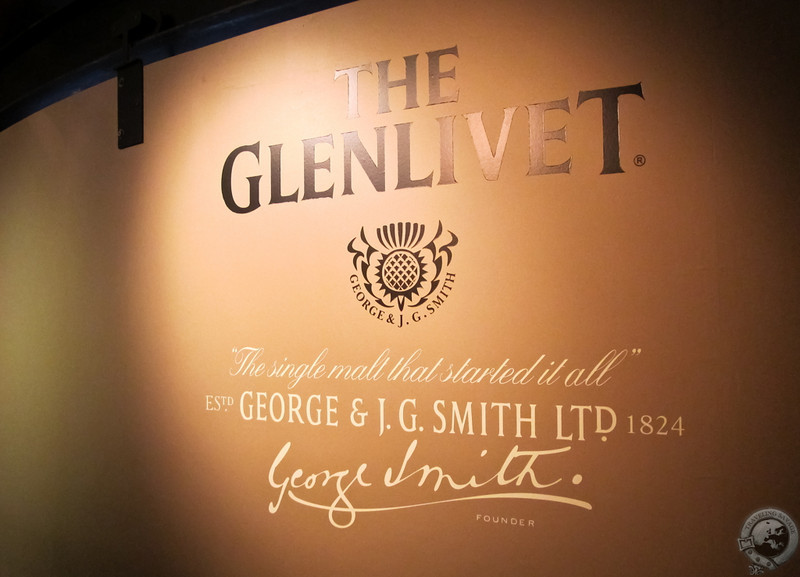

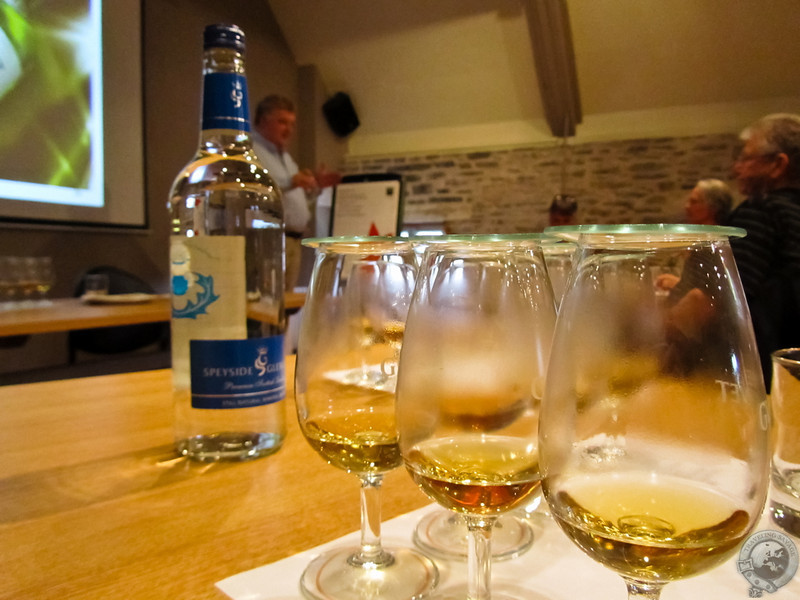
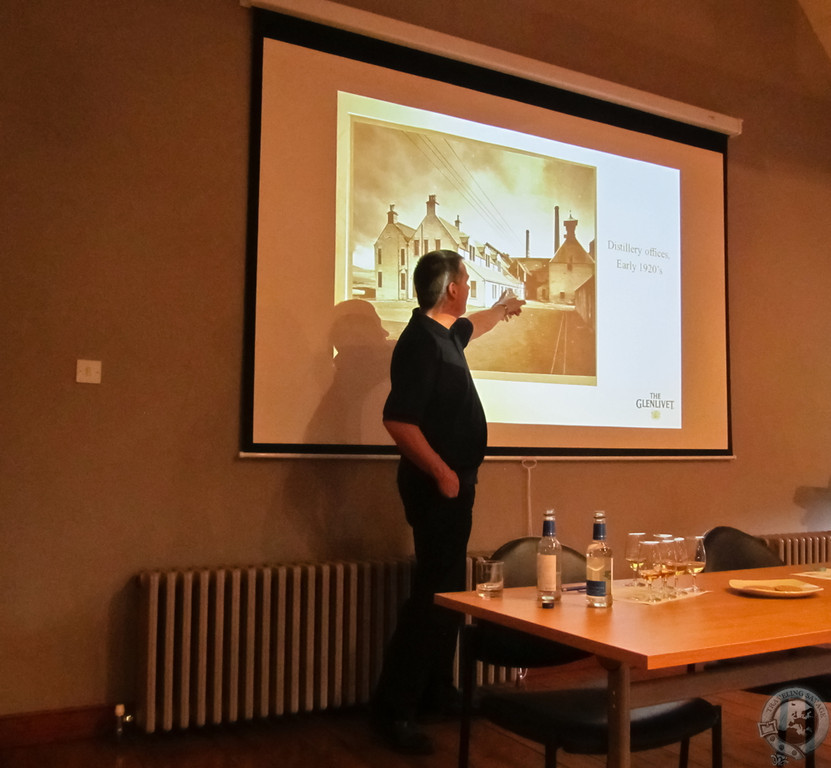
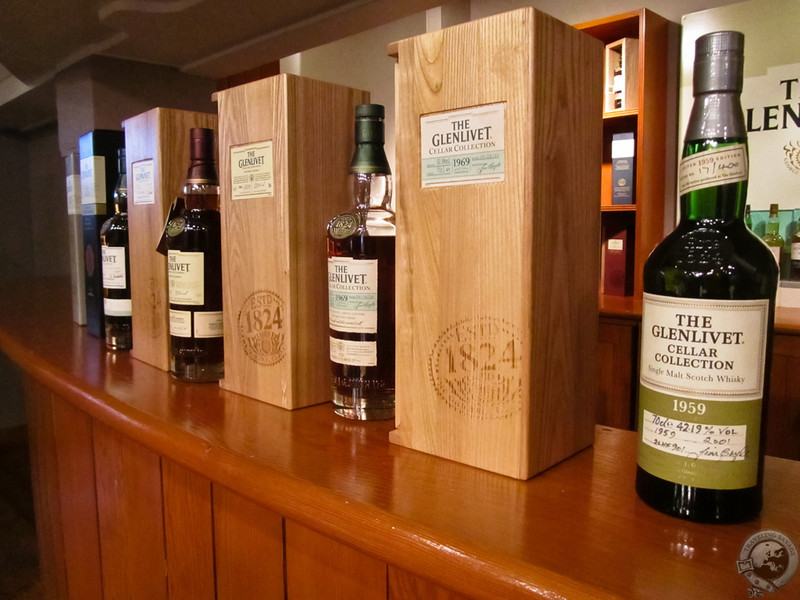
Sounds like an amazing class. Although it wasn’t in evidence universally, the oatcakes are a great way to cleanse the palate between drams. And, they just taste darn good, too.
I would have had so much fun there!
Nice, Keith. Never heard of “shoe polish” used as a note in flavor. I guess in high society it vindicates all those boot lickers and brown nosers out there.
I mean it in the most delicious way possible.
Hey Keith, when my wife and I were in Scotland this past May, we stopped at the Glenlivet, but we only had time to go to the visitor center as it was late in the day. It was indeed surprising how isolated the distillery is. During our trip through the area, it was overcast and snowing off and on and the tops of the hills were turned white with caps of snow making for a scenic trip 🙂
It’s really a beautiful region, much hillier and more mountainous than I remember. Guess I spent too much time on the banks of the Spey 😉